Olive Young - Jeonju Univ. Branch [Tax Refund Shop] (올리브영 전주대)
8.7Km 2024-04-19
1F, 6, Baengmasan-gil, Wansan-gu, Jeonju-si, Jeollabuk-do
-
Jeonju Gamaek Festival (전주 가맥축제)
8.7Km 2025-07-17
303 Cheonjam-ro, Wansan-gu, Jeonju-si, Jeonbuk-do
+82-70-8870-6870
The nation's only festival where one can taste Hite beer fresh out of the factory on the same day. Jeonju Gamaek Festival is a festival where the locals' favorite drinking bars and the Korean beer brand Hite collaborate to beat the summer heat and make an unforgettable evening with fresh, cold beer.
Uniqlo - Jeonju Hyoja Branch [Tax Refund Shop] (유니클로 전주효자점)
9.1Km 2024-04-22
1713, Kongjwipatjwi-ro, Wansan-gu, Jeonju-si, Jeollabuk-do
-
Wibongsanseong County Park (위봉산성)
9.2Km 2025-10-23
Daeheung-ri, Wanju-gun, Jeonbuk-do
+82-63-240-4224
Wibongsanseong County Park is located north of Jeonju, past Songgwangsa Temple through a tunnel of cherry trees. The park has some noteworthy sightseeing attractions such as Wibongpokpo Falls, Wibongsa Temple, and Dongsang Reservoir. Winbongsanseong County Park was founded at the site of Winbongsanseong Fortress, which was built under King Sukjong's rule in 1675 as a refuge site to safekeep the portrait of Joeson dynasty's founder King Taejo and the royal family's ancestral tablet in times of war or other national emergency. They are originally enshrined in Gyeonggijeon Shrine and Jogyeongmyo Shrine, and when Jeonju had fallen during the Donghak Peasant Revolution, the portrait and tablet were moved to a small palace inside the fortress. The original fortress walls were 16 kilometers in circumference with three gates in the north, east, and west, but only a half-moon shaped western gate remains standing today.
Jeonju Museum of History (전주역사박물관)
9.4Km 2024-04-06
259, Ssukgogae-ro, Wansan-gu, Jeonju-si, Jeonbuk-do
+82-63-228-6485
The Jeonju History Museum exhibits the long and fascinating history of Korea. The museum is divided into different exhibits, providing visitors with cultural history with emphasis on Jeonju history.
Jeonju National Museum (국립전주박물관)
9.6Km 2024-04-07
249, Ssukgogae-ro, Wansan-gu, Jeonju-si, Jeonbuk-do
+82-63-223-5651
The Jeonju National Museum was established in 1990 as an institute for the research, preservation, and exhibition of Jeollabuk-do’s most prized cultural treasures. In November of 2002, a Social Educational Hall was opened as a creative educational space to provide visitors a place to experience traditional culture. The museum houses over 40,000 artifacts, a majority of which were excavated from the Jeollabuk-do area, and has on exhibit over 2,000 pieces spread throughout 4 exhibition halls and 1 outdoor exhibition hall. The museum also serves as a venue for numerous cultural activities and educational programs, providing visitors with the opportunity to gain a deeper understanding of Korea’s proud history.
Daeseung Hanji Village & Hanok Traditional Culture Experience Center (대승한지마을한옥전통문화체험관)
9.8Km 2024-08-05
18-4 , Bogeom-gil, Wanju-gun, Jeonbuk-do
+82-63-242-1001
Daeseung Hanji Village in Wanju-gun, Jeollabuk-do, is where the famous Goryeoji (‘Goryeo Paper’) was first made in Goryeo 1,000 years ago. All guestrooms in the village are equipped with toilets, AC and water purifiers, plus pillows made of Korean paper and comfortable blankets. The dining hall kitchen can be used by guests, there is a large (60 sq metre) seminar room, and a yard where traditional games such as Geunae (swing) and Tuho (arrows) are played. The village runs a Hanji Experience Center, where you can learn about hanji history, manufacture and calligraphy.
Wibongsa Temple - Wanju (위봉사 (완주))
9.9Km 2024-04-07
53, Wibong-gil, Wanju-gun, Jeonbuk-do
+82-63-243-7657
Wibongsa Temple is located past Mujigaemun Gate (Rainbow Gate) and Wibong Village and is a major temple in the Honam region that once oversaw 52 branch temples. Said to be built by Monk Seoam in 604 (the 5th year of King Mu of Baekje), the surviving buildings date back to the Joseon Era. Today, only Bogwangmyeongjeon Hall (Treasure No. 608), Yosa (Provincial Cultural Asset No. 698), and Samseonggak remain. The Baeguigwaneumbosal wall painting in particular is the pride of the temple.
Wibongpokpo Falls (위봉폭포)
10.1Km 2024-04-07
Daeheung-ri, Wanju-gun, Jeonbuk-do
+82-63-290-3930
Located in the eastern section of Wibongsanseong Fortress, Wibongpokpo Falls is a two-tiered waterfall measuring 60 meters high. The strangely-shaped rocks and thick groves of trees that border the cascading falls make for such a magical scene that it comes as no surprise that the waterfall has long since been counted as one of the Eight Scenic Sights of Wansan. Attractions located nearby include a battlefield from the Imjin War (1592-1598), Songgwangsa Temple, Dongsang Reservoir, Daea Reservoir, and Hwasim Hot Springs.
Jeonju Bibimbap Festival (전주비빔밥축제)
10.8Km 2025-10-23
1055 Girin-daero, Deokjin-gu, Jeonju-si, Jeonbuk-do
+82-63-214-1365
The Jeonju Bibimbap Festival celebrates the taste and charm of one of Korea's representative foods in the city of it's origin, Jeonju. The city has been recognized by UNESCO as a City of Gastronomy, and the festival promotes this branding. Visitors to the festival can enjoy a variety of immersive programs, including hadns-on activities and performances centered on Jeonju bibimbap.
![Olive Young - Jeonju Univ. Branch [Tax Refund Shop] (올리브영 전주대)](http://tong.visitkorea.or.kr/cms/resource/85/2886385_image2_1.jpg)
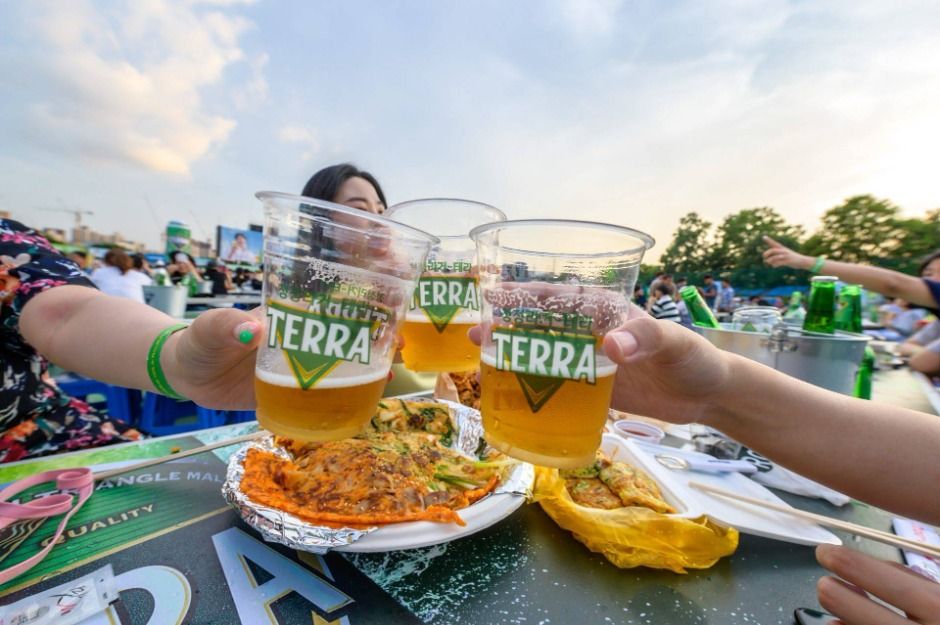

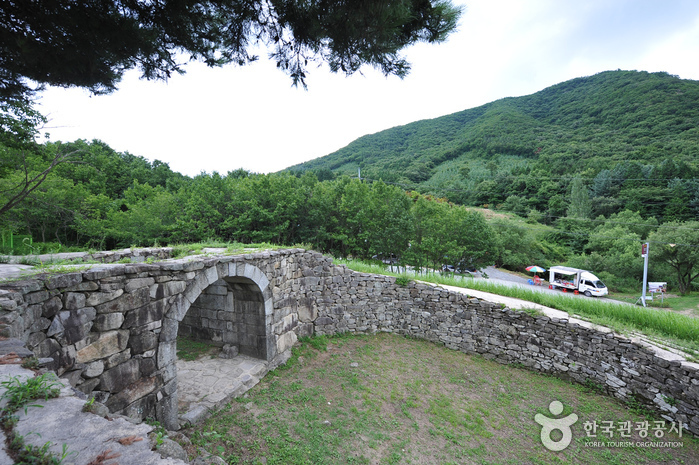
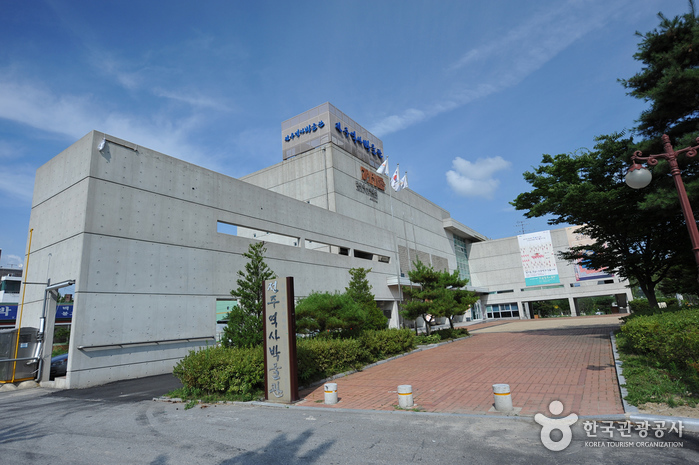
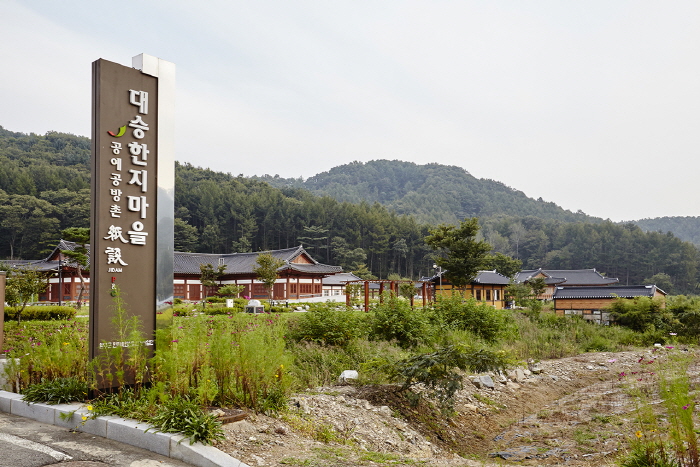
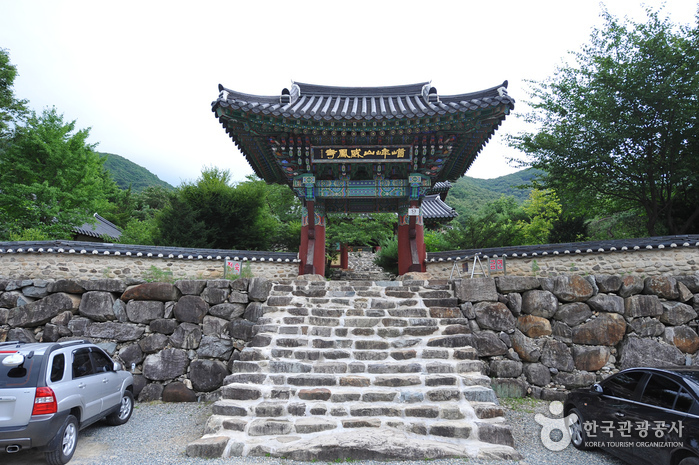
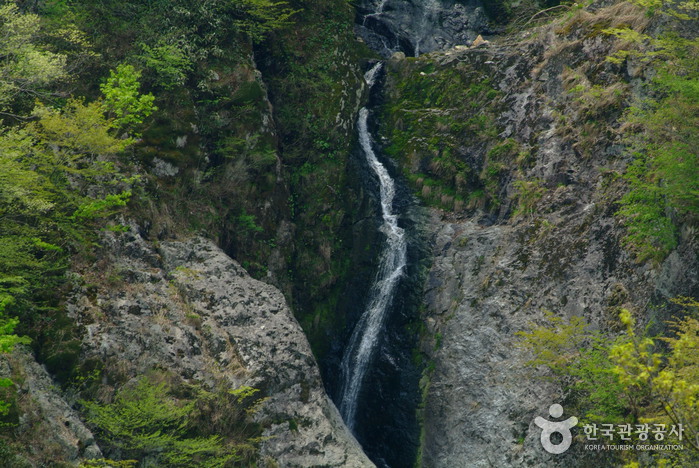
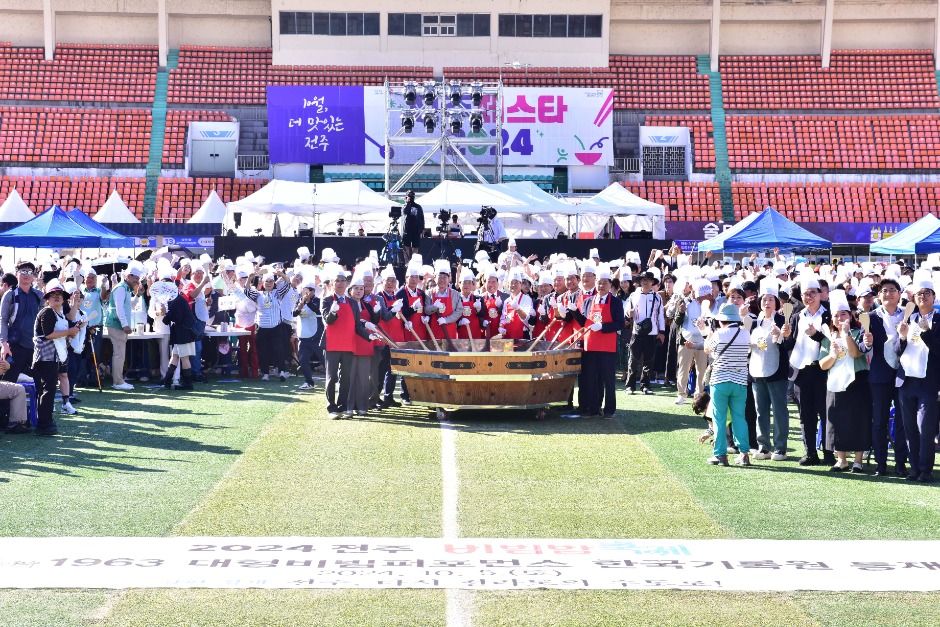
 English
English
 한국어
한국어 日本語
日本語 中文(简体)
中文(简体) Deutsch
Deutsch Français
Français Español
Español Русский
Русский